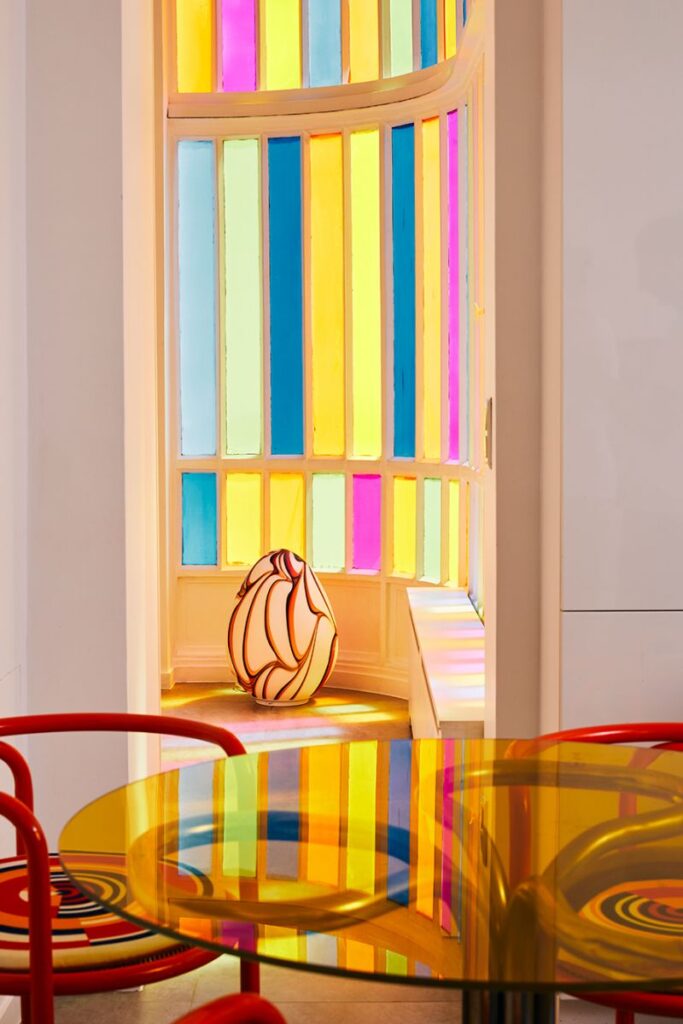
Often we hear about the strict differences between concepts, ideas, and approaches that lead to definitions which place two terms in opposition, forgetting that both belong within the same spectrum. Similarly, we have learned to regard two such concepts as minimalism and maximalism in comparison to each other; forcing ourselves to align our lifestyle to one design while rejecting the other. However, design is not as fixed as we have been made to believe, and it encourages us to challenge its conventional forms to reach a flexible, and personalized style that knows no boundaries. From such an approach one can come to understand maximalism and minimalism as more than surface-level design styles, and rather as different ways of using space.
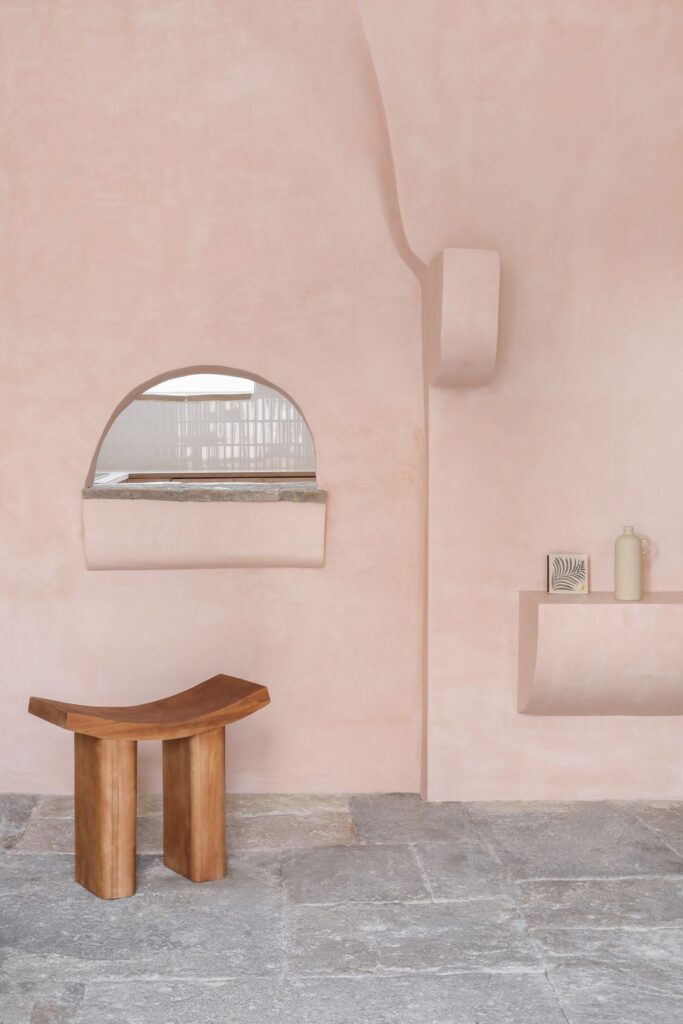
One does not start by choosing maximalism or minimalism as fixed approaches to an interior; rather one begins by envisioning the atmosphere within a space. We can find beauty and inspiration within an immersive, and engaging composition in which every inch of space is utilized with multiple layers of décor, furniture, colors, and patterns. At the same time, we are capable of appreciating the liberating sensation that is produced by negative spaces with open and uncluttered areas where light can travel freely and only the essential is kept to adorn a room. Whether we call this minimalism or maximalism is not as important as determining how we want to use space, especially since there is no established limit to these styles and no law that prevents us from taking inspiration from both.
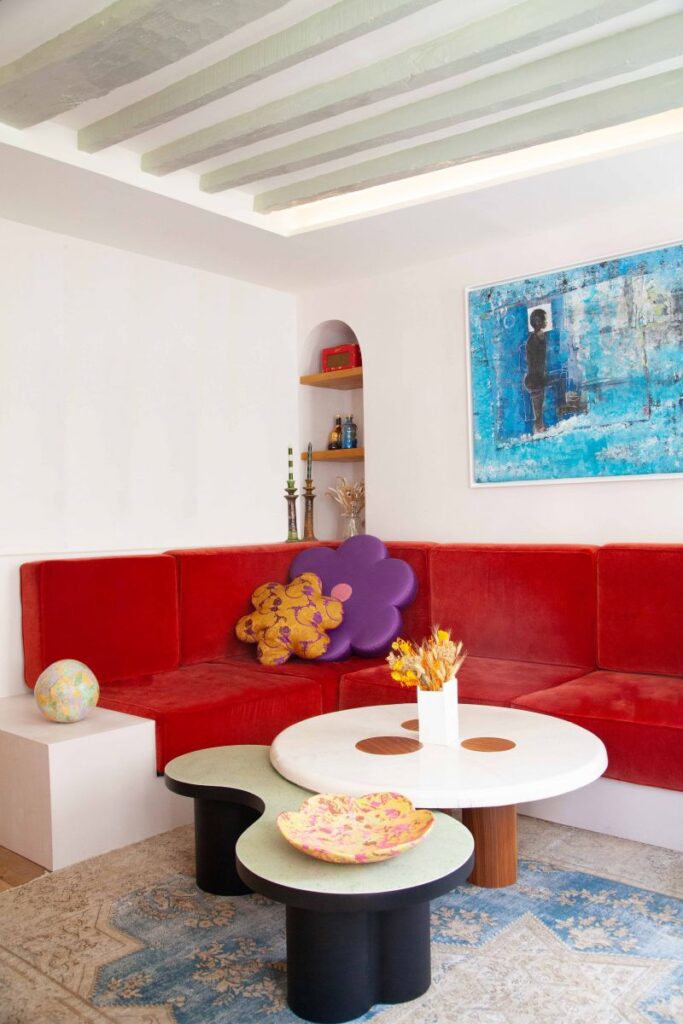
Shifting the attention
Besides the use of space, part of the design process requires selecting the focal points and aspects that we want to draw attention to. Despite how it might appear at a first glance, the overwhelming abundance in maximalist interiors is not random; these spaces command attention and encourage exploration to be able to identify the narrative or thematic thread that weaves through each carefully selected element. The same attention to detail forms part of minimalist designs crafted with deliberate simplicity that guides viewers to few key elements which define a space.
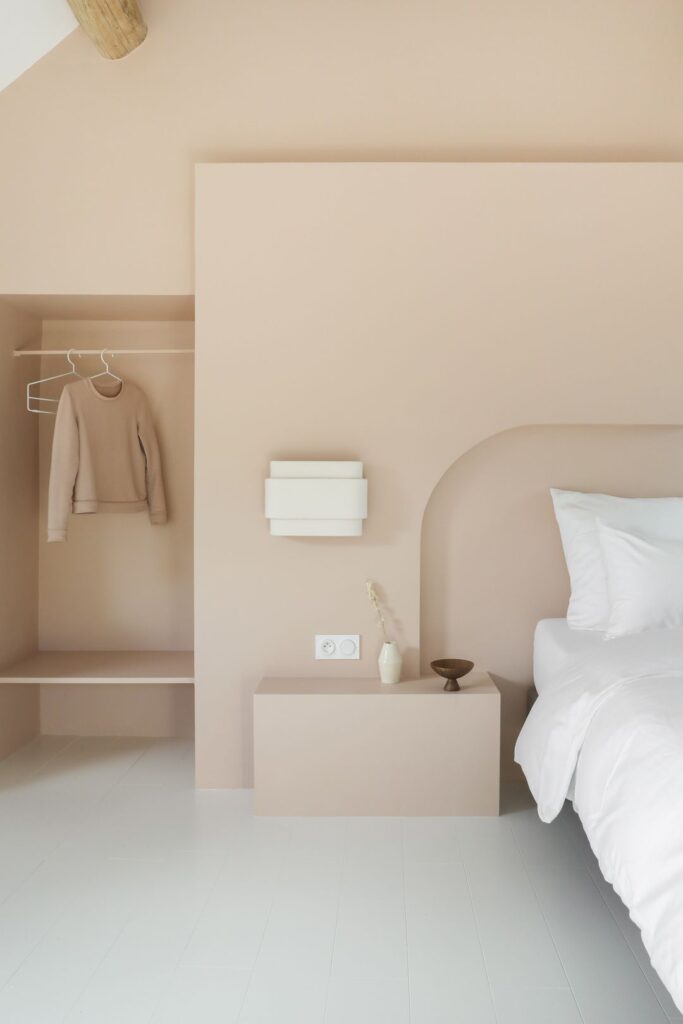
Why we embrace a fluid perspective on design
Today we simply recognize the malleable and inclusive quality of design to avoid falling into strict and limiting categories that may not fully capture the complexity and diversity of an individual’s tastes and preferences. Naturally, the first advantage is that we can find freedom to express our unique personalities within interiors that resonate with us on a deeper level. However; what also comes to mind is the intriguing possibility of experimenting with hybrid styles by blending various design principles and elements from maximalism and minimalism to create engaging and balanced spaces.
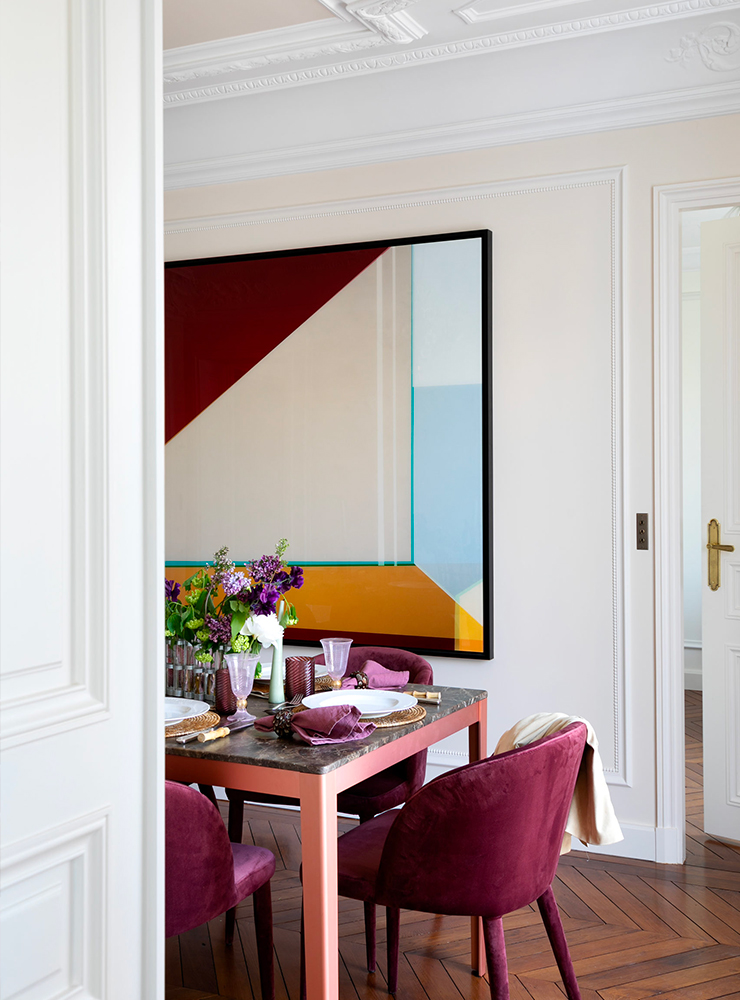
Beyond the personalization of interiors, a flexible vision of design can help us keep up with the changes in design trends that appear over time. An open-ended approach, just as we find in undefined paintings or through an unfolding story, allows one to take ownership of the storyline and brace for the unexpected future by forming adaptable spaces. True freedom comes with peace of mind as we ensure that our flexible interiors can accommodate evolving needs and trends without the confines of specific styles.
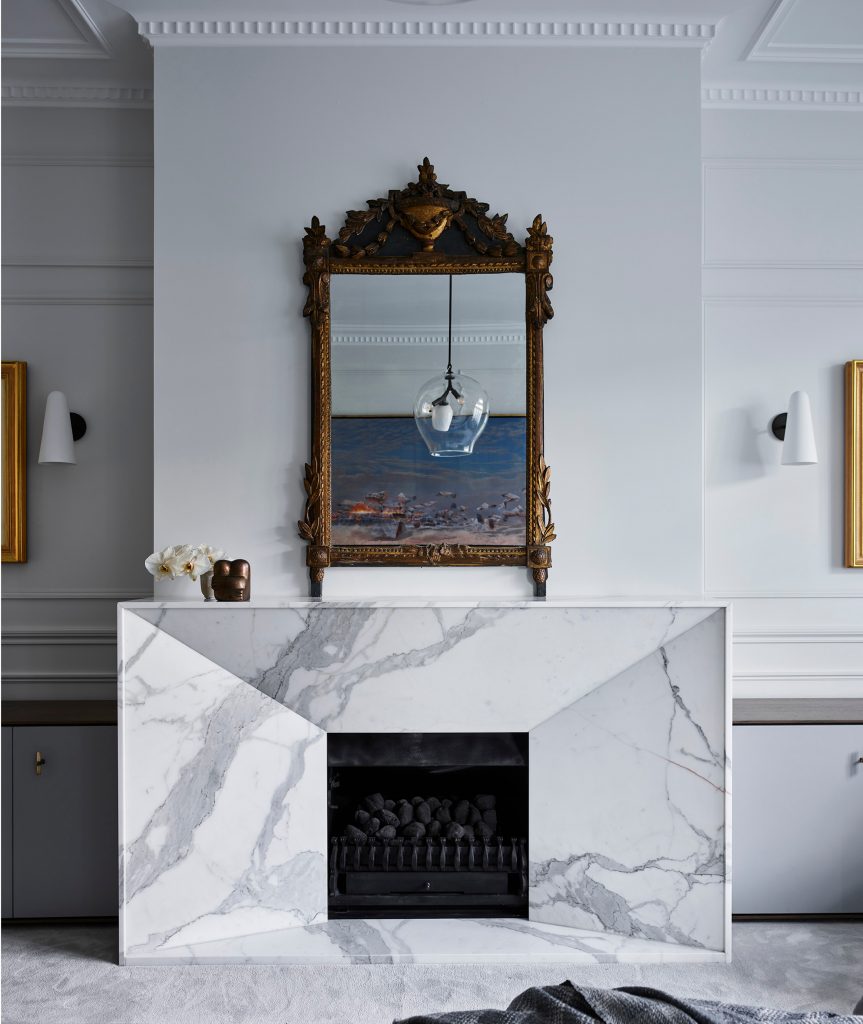
The beauty in every design
Finding beauty in the opulence, complexity, and boldness of a design style such as maximalism involves appreciating abundance, diversity, and a stimulation of the senses. The riot of colors and patterns that come together to create these energetic and visually exciting environments, follow a hidden sense of order and cohesiveness that might not be visible at a first glance. One must look for the underlying themes or color schemes that tie a space together such as the deep jewel tones of emerald green or royal blue that enrich a room’s walls with pops of rich colors. Like a carefully handcrafted mosaic, such shades are complemented by wallpaper with intricate patterns and textured wall panels, adding depth and movement.
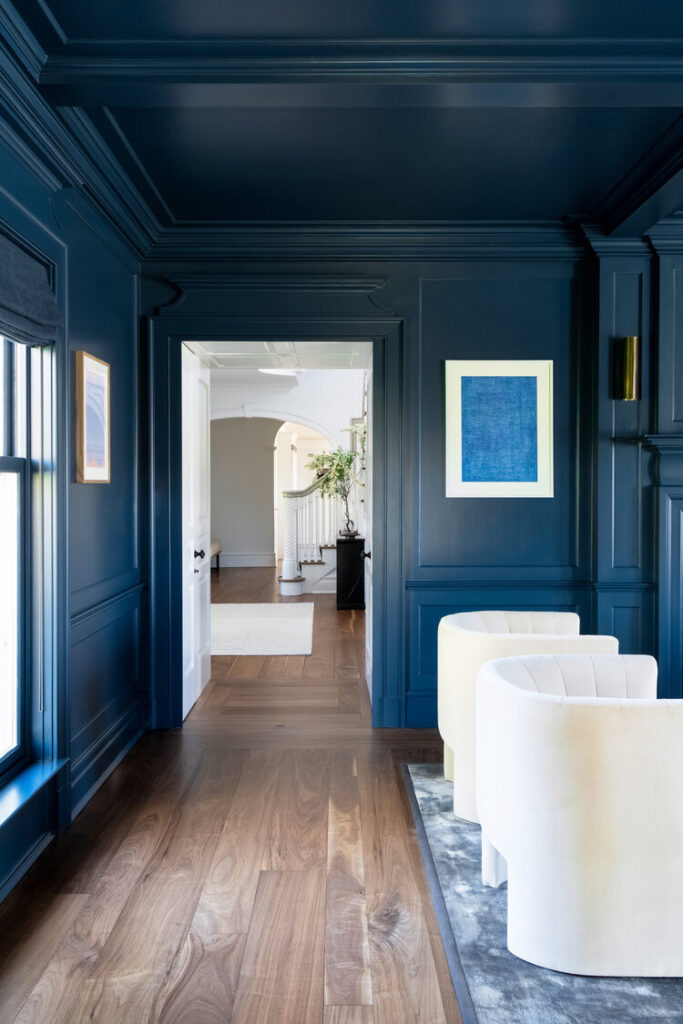
To envision the appeal of this maximalist interior further, we must also transmit the mystery that the decorative items from different time periods, cultures, and styles bring to the room. One cannot help but explore the stories behind pieces with a strong presence such as a large, plush velvet sofa paired with a dark wooden coffee table with intricate carvings and brass accents. Step further into this world and imagine the room surrounded by various armchairs and side tables in different colors and materials over a luxurious Persian rug that adds yet more tonalities to the space. Besides this sense of intrigue, we can also draw a breath of wonder upon gazing at the ornate chandeliers, ceramic sculptures, and the curated gallery display that forms a captivating focal point.
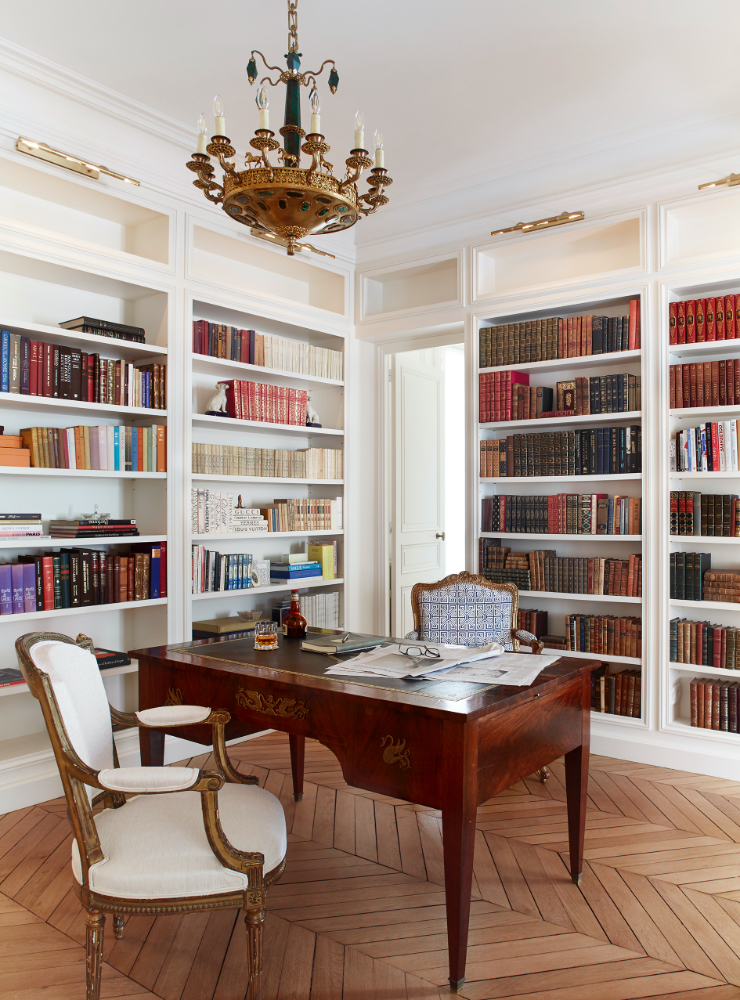
A minimalist appeal
Likewise, finding beauty in minimalist interiors requires acknowledging the elegance rather than focusing solely on the first impression produced by these designs. While the simplicity of minimalism may appear understated at first glance, its appeal lies in the deliberate choices made to create a serene and harmonious environment. Using a similar train of thought as the creation of maximalist spaces, each element is given a purpose and due place in a room. Without excessive embellishments, we can appreciate the way sunlight filters through a room, accentuating clean lines and the high-quality craftsmanship of furniture and finishes. Through this approach one can create interiors that can also be called sophisticated in their own right.
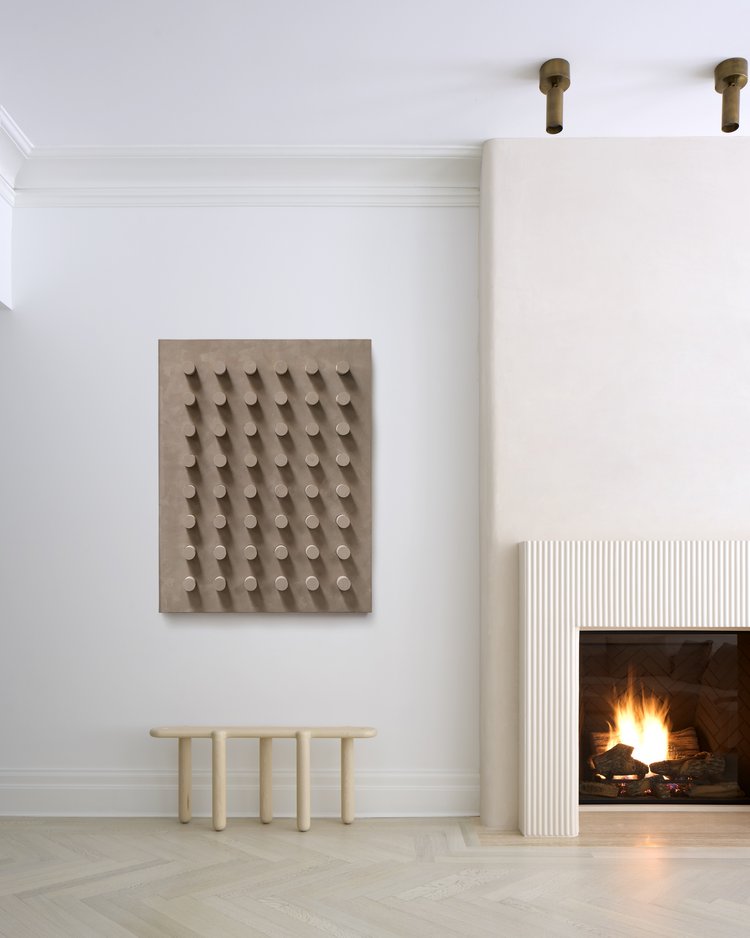
Visualize a room dressed in neutrals such as white and beige decorated by clean lines and minimal ornamentation. Our focus lands for a moment upon the low-profile contemporary sofa with straight angles, paired with a simple yet classic wooden coffee table. From there, the eyes move towards the large windows and open sheer curtains that allow ample natural light to flood into the space. This enhances the airy and bright ambiance with few distractions except for the few curated accessories such as a statement wall painting and a vase with delicate flowers on the coffee table.
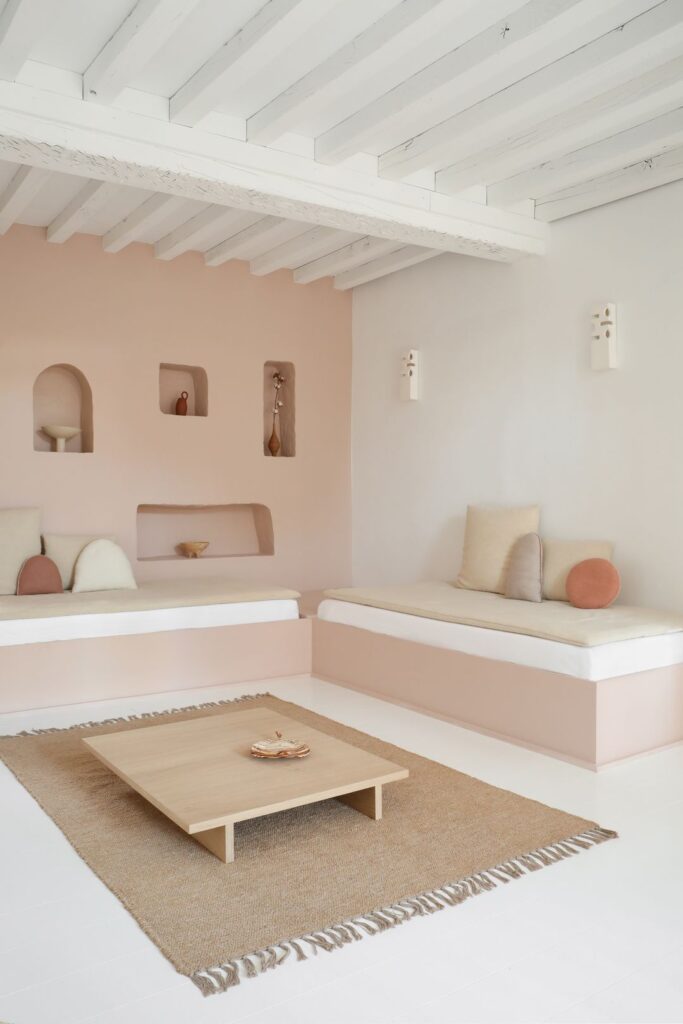
Final reminder
Categories serve to create order, they guide our understanding of the world around us but like a double edged sword, they can also cloud it. If one relies too much on fixing differences upon design styles such as minimalism and maximalism, it is easy to forget that both can lead to the same outcome: the creation of inspiring, personalized, and sophisticated interiors that resonate with one’s lifestyle. Instead of guiding ourselves by strict categories, let’s follow our tastes and see how they lead us to an awareness of the benefits found within every style and the way they can be merged to create a hybrid approach to décor.
